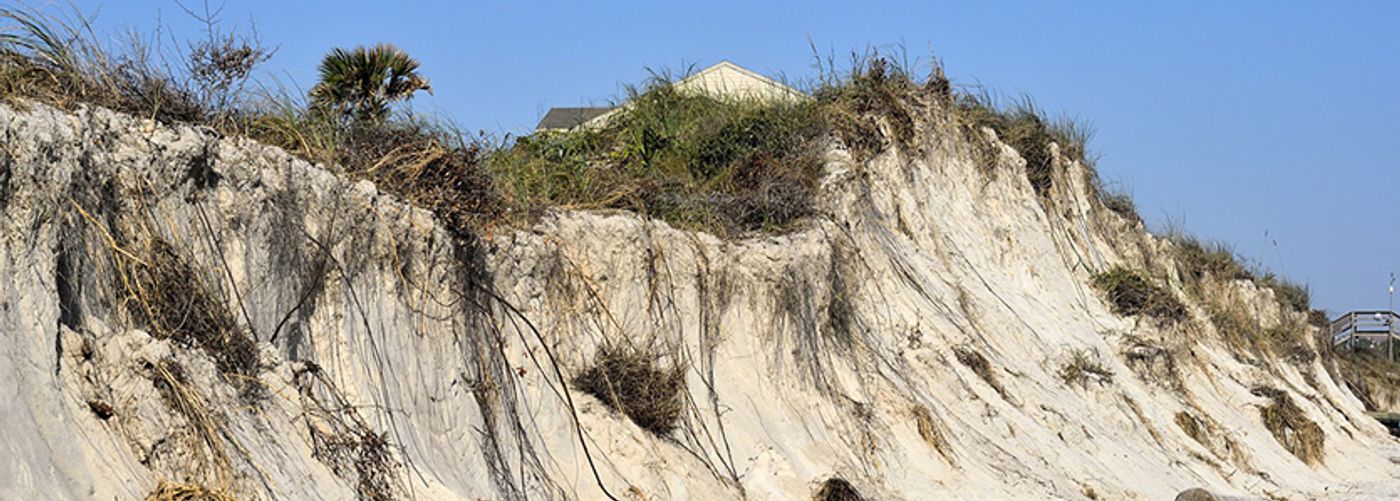Beaches Could Disappear Because of Climate Change
A study published earlier this week in Nature Climate Change reports that effective climate action is needed to prevent 40% of erosion threatening the world’s sandy beaches. Without action, the study says that half of the world’s beaches could disappear by the end of the century due to the combined impacts of storm surges, waves, and rising seas associated with global climate change. The research was led by the European Commission’s Joint Research Center.
According to an article from the European Commission (EC) regarding the study, sandy beaches cover more than a third of the world’s coastlines. In addition to providing recreation space for humans and vital habitat for wildlife, sandy beaches protect coastal ecosystems from storm surges, flooding, and waves. With the projected rise in storm intensity and sea-level rise worldwide, both due to climate change, the preservation of sandy beaches is paramount.
The EC cites that this is the first global assessment of the future of sandy shorelines. Scientists from the Joint Research Center analyzed 35 years of coastal satellite observations and 82 years of climate and sea-level rise projections. Additionally, they simulated more than 100 storm events to estimate global erosion. The scientists used scenarios of 2.4 degrees Celsius of global temperature rise and an increase of twice as much.
A summary of the study in Nature stated that by the end of the century, many of the world’s coastlines will have shifted more than 100 meters from their 2010 positions. The most impacted regions, with more than 60% of sandy beaches affected, are projected to be the Democratic Republic of Congo, the Gambia, Suriname, and Pakistan. Australia would lose the most sandy coastline at a minimum of 11,426 kilometers. Time Magazine reports that the study also predicts that the United States, Canada, Mexico, China, Iran, Argentina, and Chile could also lose thousands of kilometers of beaches.
The EC also states that poorer low-lying countries are “particularly vulnerable” to future coastal hazards. They suggest that investments or societal change may help reduce the risk of these countries.
Sources: Nature Climate Change, European Commission, Nature, Time









